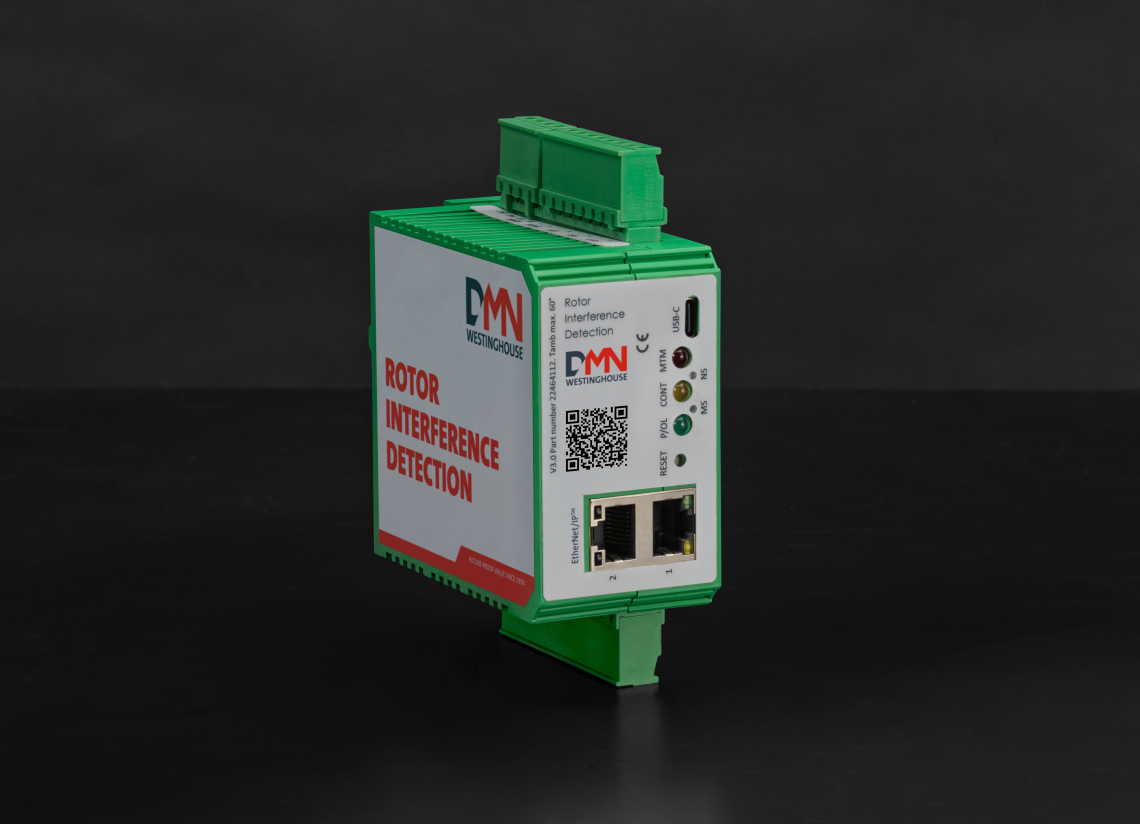DETECTING METAL-TO-METAL CONTACT
The RID 3.0 detects unwanted metal-to-metal contact between the rotor and body or end covers and warns the operators of possible rotary valve damage or metal contamination of the conveyed product. RID 3.0 enhances rotary valve safety by measuring electrical resistance at a frequency of 1000 Hz. The system detects critical conditions such as metal-to-metal contact, metal particles, and product build-up, signalling potential issues.
MAINTAINING SMOOTH OPERATIONS
Introducing an entirely renewed graphical user interface that facilitates easy control of thresholds, sensitivity, and alarm frequencies. This ensures timely and relevant maintenance or cleaning procedures. RID’s functionality is critical in reducing unnecessary downtime and maintaining smooth operations, particularly in production environments where precision and reliability are paramount. Next to its already present analogue outputs, the third-generation RID offers 4-20mA output communication or digital EtherNet/IP™, enhancing your network’s real-time automation capabilities.
PROBLEM-FREE OPERATION
DMN-WESTINGHOUSE rotary valves are produced to the strictest tolerances, and contact between the rotor and the body is not likely to occur. However, movement of the rotor can occur if the rotor bearings are worn out or if the rotor is not properly re-installed after cleaning. Rotor contact can cause metal particles in the product stream. Metal objects can also originate from other processes within the conveying system. In case of metal pollution or metal-to-metal contact, the rigid and straightforward design of the RID 3.0 ensures a quick alarm response.
Download the RID 3.0 leaflet for more information.

